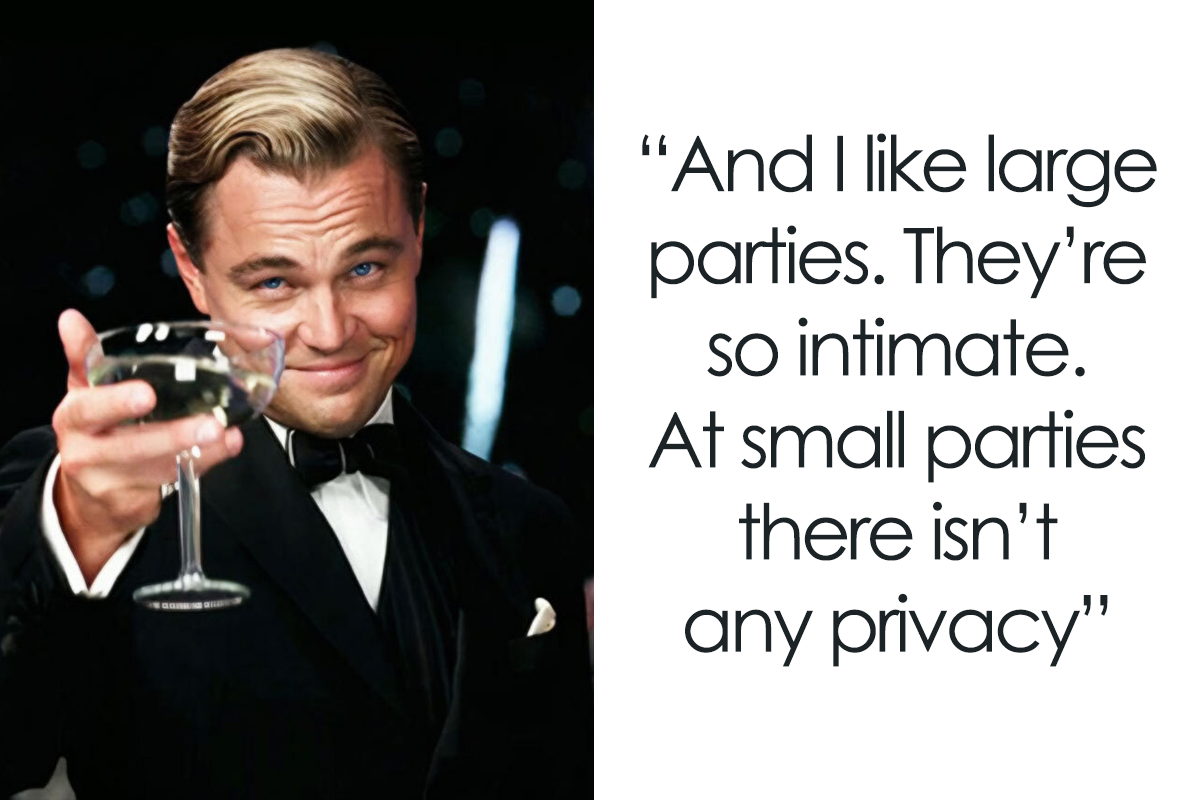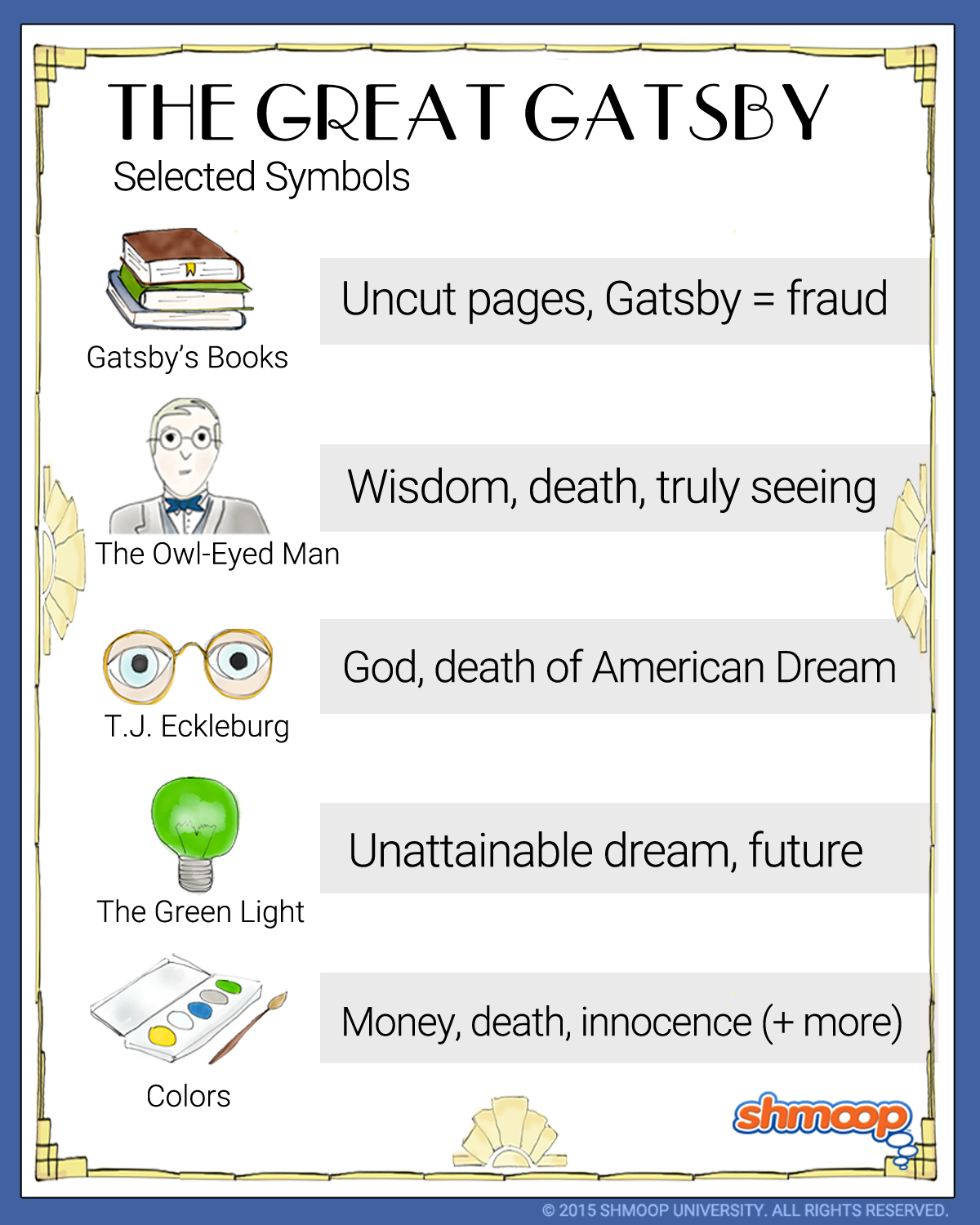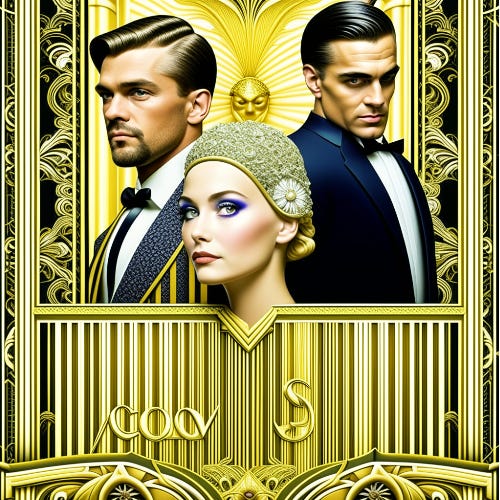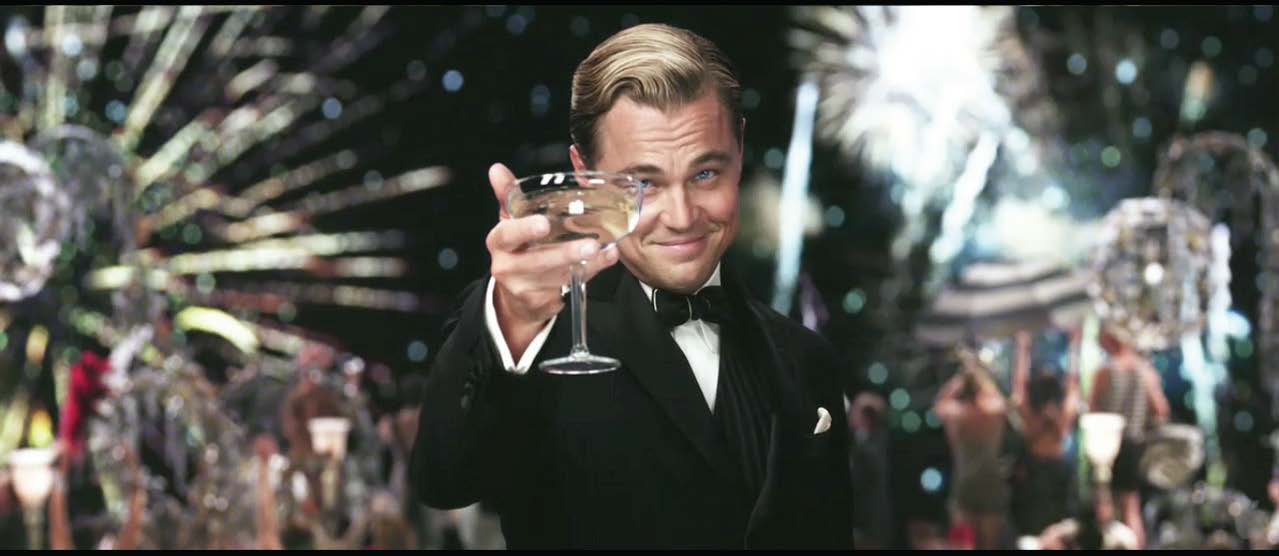The Great Gatsby is a novel written by F. Scott Fitzgerald in the twentieth century, the “Jazz Age” in America. The writer considers many socially and morally significant topics in the novel, such as love, friendship, social division, and money. The last one is trickier than it seems at first.
The Great Gatsby Quotes That Will Make You Love The Book Even More | Bored Panda
Nov 21, 2023New money refers to self-made millionaires and billionaires, those who earned their money (or lucked into it, like in the lottery). Pop culture and literary references to new vs. old money abound. For instance, James Cameron’s Titanic (1997) includes a depiction of the “Unsinkable Molly Brown” as new money, shunned by some snooty old

Source Image: limaswardrobe.com
Download Image
“F. Scott Fitzgerald uses his novel The Great Gatsby as a way to compare old and new money and to illustrate the lack of morals in those with old money. The main character, Jay Gatsby, representing Fitzgerald’s personification of new money, makes his living selling alcohol illegally. He earns his money quickly and is now showing it off with

Source Image: ivy-style.com
Download Image
Color Symbolism in The Great Gatsby | Shmoop In the book, the Great Gatsby, F. Scott Fitzgerald uses the term “old money vs. new money” as a way to contrast two different types of people. The people who live in East Egg, like Tom and Daisy Buchanan, are portrayed as the “old money” type of people. Unlike them, Gatsby and the people of West Egg are known as “new money“.

Source Image: custom-writing.org
Download Image
Old Money Vs New Money Great Gatsby
In the book, the Great Gatsby, F. Scott Fitzgerald uses the term “old money vs. new money” as a way to contrast two different types of people. The people who live in East Egg, like Tom and Daisy Buchanan, are portrayed as the “old money” type of people. Unlike them, Gatsby and the people of West Egg are known as “new money“. In Gatsby’s world, the difference between old and new money is not just a theoretical divide, it’s a physical one. The “old money” elite (including Daisy Buchanan, the object of Jay Gatsby’s affection) live in the East Egg neighborhood, while the riff-raff nouveau riche, including Gatsby himself, are relegated to West Egg.
Summary of The Great Gatsby: Timeline of Events by Chapter
Old vs. New Money The Different between old and new money. … One of the major topics explored in The Great Gatsby is the sociology of wealth, specifically, how the newly minted millionaires of the 1920s differ from and relate to the old aristocracy of the country’s richest families. In the novel, West Egg and its denizens represent the O.M.G….(Oh My Gatsby): Old Money vs New Money

Source Image: omgohmygatsby2.blogspot.com
Download Image
Best Character Analysis: Tom Buchanan – The Great Gatsby Old vs. New Money The Different between old and new money. … One of the major topics explored in The Great Gatsby is the sociology of wealth, specifically, how the newly minted millionaires of the 1920s differ from and relate to the old aristocracy of the country’s richest families. In the novel, West Egg and its denizens represent the

Source Image: blog.prepscholar.com
Download Image
The Great Gatsby Quotes That Will Make You Love The Book Even More | Bored Panda The Great Gatsby is a novel written by F. Scott Fitzgerald in the twentieth century, the “Jazz Age” in America. The writer considers many socially and morally significant topics in the novel, such as love, friendship, social division, and money. The last one is trickier than it seems at first.

Source Image: boredpanda.com
Download Image
Color Symbolism in The Great Gatsby | Shmoop “F. Scott Fitzgerald uses his novel The Great Gatsby as a way to compare old and new money and to illustrate the lack of morals in those with old money. The main character, Jay Gatsby, representing Fitzgerald’s personification of new money, makes his living selling alcohol illegally. He earns his money quickly and is now showing it off with

Source Image: shmoop.com
Download Image
The Illusion of the American Dream: A Summary of ‘The Great Gatsby’” | by Sam Richardson | Medium This analysis can enrich an essay about old money versus new money, the American dream, or even a more straightforward character analysis, or a comparison of two different characters. Mining the text for a character’s attitude toward money can be a very helpful way to understand their motivations in the world of 1920s New York.

Source Image: medium.com
Download Image
THE GREAT GATSBY” (2000) Review – Rosiepowell2000’s blog In the book, the Great Gatsby, F. Scott Fitzgerald uses the term “old money vs. new money” as a way to contrast two different types of people. The people who live in East Egg, like Tom and Daisy Buchanan, are portrayed as the “old money” type of people. Unlike them, Gatsby and the people of West Egg are known as “new money“.
Source Image: rosiepowell2000.typepad.com
Download Image
The Great Gatsby’ Continues to Define American Dream – Valley Voice In Gatsby’s world, the difference between old and new money is not just a theoretical divide, it’s a physical one. The “old money” elite (including Daisy Buchanan, the object of Jay Gatsby’s affection) live in the East Egg neighborhood, while the riff-raff nouveau riche, including Gatsby himself, are relegated to West Egg.

Source Image: ourvalleyvoice.com
Download Image
Best Character Analysis: Tom Buchanan – The Great Gatsby
The Great Gatsby’ Continues to Define American Dream – Valley Voice Nov 21, 2023New money refers to self-made millionaires and billionaires, those who earned their money (or lucked into it, like in the lottery). Pop culture and literary references to new vs. old money abound. For instance, James Cameron’s Titanic (1997) includes a depiction of the “Unsinkable Molly Brown” as new money, shunned by some snooty old
Color Symbolism in The Great Gatsby | Shmoop THE GREAT GATSBY” (2000) Review – Rosiepowell2000’s blog This analysis can enrich an essay about old money versus new money, the American dream, or even a more straightforward character analysis, or a comparison of two different characters. Mining the text for a character’s attitude toward money can be a very helpful way to understand their motivations in the world of 1920s New York.